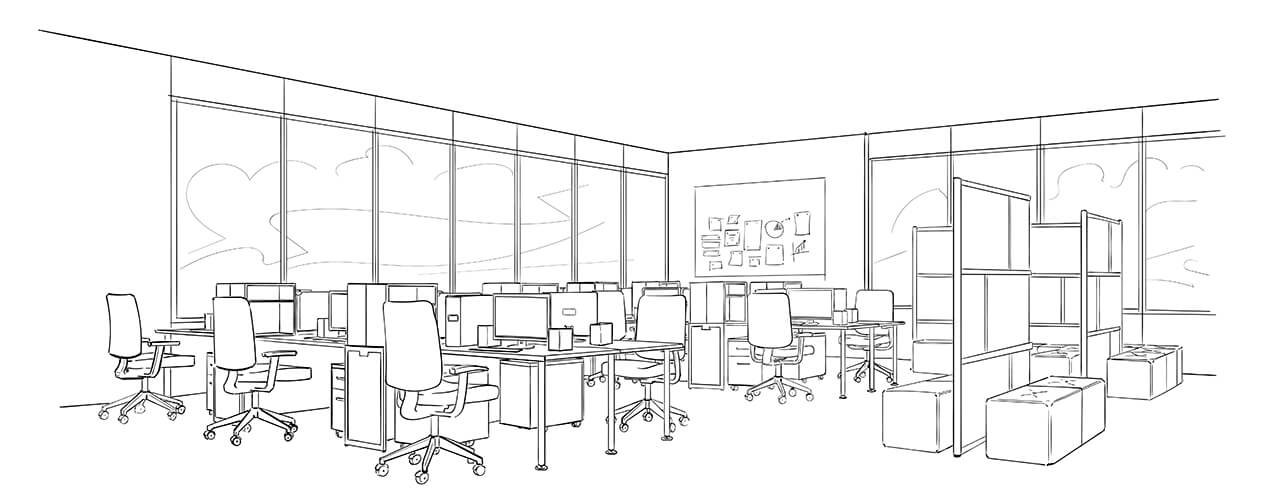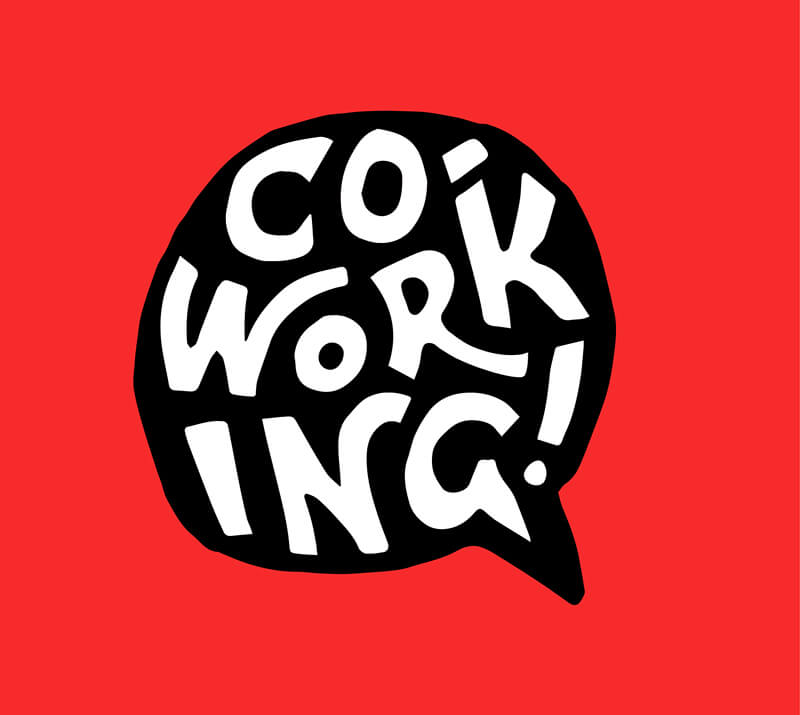Twenty years ago, coworking didn’t really exist, yet somehow today there are between two and three million coworkers (not co-workers) heading off to their shared workspaces all around the globe. The coworking revolution didn’t take very long, going from nothing to a worldwide phenomenon in less than two decades–which is pretty impressive. It also appears to show no signs of slowing down. Some predict that there will be over 5 million coworkers worldwide by 2022.
Given that the first official coworking space was opened in 2005, this growth is quite phenomenal. Coworking helped to fill a much-needed gap, by accommodating a quickly-growing number of freelancers and gig workers who were looking for a space to give them the structure and community they couldn’t find at home. Today, it continues to accommodate freelancers all over the world, but companies of all sizes are beginning to recognize the undeniable benefits of this new workspace.
How did coworking become a worldwide phenomenon in such a short space of time? FreeOfficeFinder traced the history of coworking offices to give us a clearer understanding of where this new way of work came from and how it took over the world.
Here are some of the key moments in coworking’s short history.
1995
In the autumn of 1995, 17 computer engineers create one of the first ever ‘hackerspaces,’ dubbed C-Base, in Berlin, Germany. Hackerspaces are obvious precursors to coworking spaces. The hackerspace is intended as a not-for-profit space that brings together computer enthusiasts, offering them facilities, as well as an opportunity to collaborate and share knowledge and equipment.
1999
Bernard DeKoven coins the phrase ‘coworking.’ However, the term refers to something different than today’s concept of coworking. DeKoven, a game designer, uses ‘coworking’ to refer to the way we work, not the space that we work in. He hopes to evolve ways of working that involve collaboration, a breakdown of hierarchy and seeing co-workers as equals.
1999
42 West 24, another precursor to the coworking spaces we know today, opens in New York City. The space is started by a software company and provides the impressive work environment and short-term flexible desk space we know of coworking today. However, the space places no emphasis on the community aspect of coworking, not focusing on networking or events. Despite this, 42 West 24 is still a huge breakthrough, with members still enjoying the appealing work environment and flexible desk space to this day.
2002
Two Austrian entrepreneurs set up an ‘entrepreneurial center,’ Schraubenfabrik, in an old factory in Vienna. The space is aimed at entrepreneurs, giving them a place to avoid having to work from home, where they can collaborate and work with like-minded people. The space included architects, PR consultants, startups and freelancers. This space is clearly the mother of coworking and although not called a ‘coworking space,’ it’s undoubtedly a clear precursor to what we know today.
2005
On August 9th, Brad Neuberg sets up the first-ever official coworking space, San Francisco Coworking Space, at a feminist collective called Spiral Muse in the Mission district of San Francisco. The space is intended to maintain the freedom of working independently whilst providing the structure and community of working with others. Neuberg has to pay $300 (£230) a month to use the space for two days a week. For the first month, no one turns up. After more outreach from Neuberg, an athlete and startup developer named Ray Baxter arrives, becoming the spaces first member and in turn the world’s first official coworker.
2006
After a year, the San Francisco Coworking Space closes. To replace it, Neuberg, working with around 10 others, including Chris Messina and Tara Hunt, creates the first full-time workspace referred to as a ‘coworking space.’ This space is called The Hat Factory.
2006
Chris Messina, the inventor of the Twitter hashtag, sets up an open source online resource called The Coworking Wiki. This helps coworkers around the world connect and find coworking spaces in new cities, whilst also helping coworking spaces get their name out.
2006
From 2006, the number of coworking spaces and coworking members approximately doubles each year for the next seven years. This exponential growth will soon become known as the coworking revolution.
2007
A number of European countries see their first coworking spaces emerging. La Boate in Marseilles is France’s first and Citizen Space is Switzerland’s. Gracia Workcenter in Barcelona becomes Spain’s first coworking spot after founder Cristina discovered the concept on a language course in San Francisco. This is clearly the year in which Europe catches the coworking bug, as many more coworking spaces open up across the continent.
2008
Coworking visas are introduced, meaning that members of specific coworking spaces are given free access to other coworking spaces also included in the agreement. This means that workers who travel can use coworking offices all around the world without having to spend the extra money and also develops the global coworking community.
2009
“I’m Outta Here! How coworking is making the office obsolete” is released. This is the first book on coworking and charts the course of the people and the places involved in the coworking revolution, as well as how coworking is changing the way we view the traditional office.
2010
After selling their previous eco-friendly coworking space, Adam Neumann and Miguel McKelvey set up WeWork with its first location in New York’s SoHo district.
2010
On the 9th of August, five years after Neuberg opened the first official coworking space in San Francisco, the first #CoworkingDay is celebrated. Now International Coworking Day is celebrated at coworking spaces around the globe on August 9th each year.
2013
Coworking Ontario launches the first health insurance plan for coworking spaces. The world’s first Coworking Health Insurance Plan, or COHIP, was created by Ashley Proctor and for the first time, freelancers and similar workers without the backing of a company are given securities by their workplace provider.
2017
This is the year that coworking finally cracks one million coworkers worldwide.
2018
After attaining its 50th location in New York City, WeWork is now the second-biggest private office tenant in Manhattan. The company is valued at over £15 billion, with 250,000 members in 431 offices across 80 cities.
2018
London is currently the capital of coworking, with more coworking spaces than New York, San Francisco, and Berlin. Coworking occupies 10.7 million square feet of office space in Central London alone.










